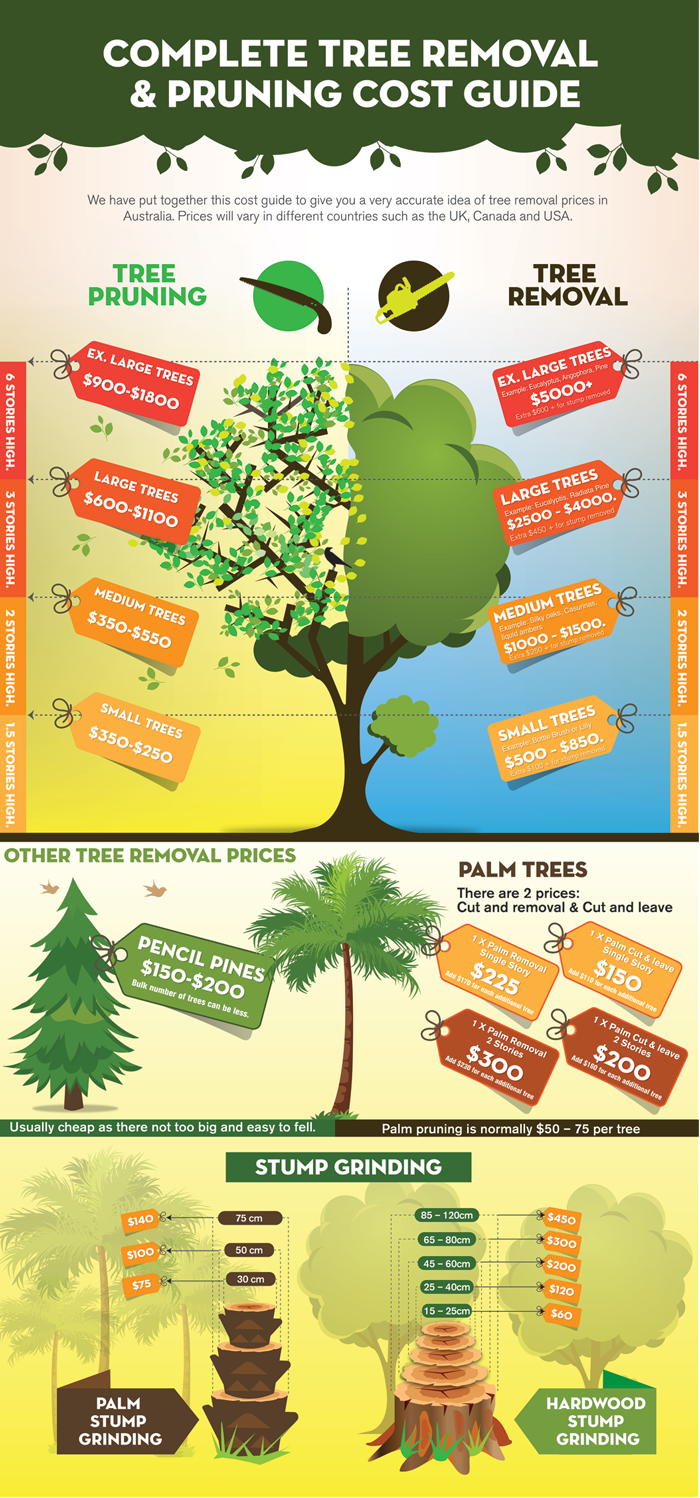Seasonal Tree Treatment: When And How To Prune For Optimum Development
Seasonal Tree Treatment: When And How To Prune For Optimum Development
Blog Article
Author-Carlsson Pontoppidan
When it involves seasonal tree trimming, timing and technique are essential for your trees' health and wellness and development. You may be amazed at just how much a straightforward cut can urge brand-new life. Knowing when to trim inactive trees versus blooming ones can make all the distinction. Yet it's not practically when; it's also about exactly how you do it. Let's discover the best techniques to guarantee your trees grow.
Understanding the very best Seasons for Tree Trimming
When's the most effective time to trim your trees? The answer hinges on comprehending the seasons. Late winter to early spring is commonly suitable, as trees are still dormant. This timing reduces stress and anxiety and promotes healthier growth when they stir up.
However, if you're handling blooming trees, think about trimming right after their flowers fade. This guarantees you won't cut off next year's blossoms.
In summer season, light trimming can help keep shape and eliminate any dead or diseased branches. Stay clear of heavy pruning throughout fall, as trees are preparing for inactivity and might struggle to recover.
Ultimately, recognizing your tree varieties and local environment will certainly direct your cutting routine. Select intelligently, and your trees will certainly grow wonderfully year-round.
Necessary Trimming Strategies for Healthy Trees
Pruning your trees effectively is essential for their health and wellness and longevity. Begin by using tidy, sharp devices to make accurate cuts, which helps protect against damage and condition.
Focus on removing dead, harmed, or crossing branches initially; this encourages better air movement and sunlight penetration. When cutting, go for an angle that promotes recovery and minimizes the risk of rot. Constantly prune simply outside the branch collar, the inflamed area where the branch fulfills the trunk, to enhance recovery.
For young trees, shape them by uniquely trimming to establish a strong structure. Ultimately, stay clear of over-pruning; getting rid of way too much vegetation can emphasize your tree.
Common Mistakes to Avoid When Pruning
Several homeowners make important errors while pruning their trees, which can cause long-lasting damages.
navigate to this website is over-pruning, where you eliminate way too many branches at the same time. https://grindingdowntreestumps62739.digitollblog.com/35094657/stump-grinding-vs-stump-elimination-which-service-is-ideal-for-your-needs can worry the tree and hinder its growth.
An additional error is utilizing boring devices; sharp, tidy devices make cleaner cuts that heal much faster.
Do not forget to prune at the wrong time of year; winter months is typically best for several species, while summertime is suitable for others.
Additionally, prevent reducing branches too close to the trunk or leaving stubs, as both can welcome bugs and illness.
Last but not least, stopping working to go back and assess the tree's general shape can lead to uneven development.
Maintain these errors in mind for much healthier, thriving trees!
Final thought
To conclude, seasonal tree cutting is critical for your trees' health and development. By trimming at the correct times-- late winter season for inactive trees and right after blooms for blooming selections-- you'll urge vibrant foliage and blossoms. Bear in mind to utilize tidy, sharp tools and adhere to proper methods to stay clear of damage. Avoid heavy pruning in the autumn and stay free from common mistakes. With these pointers in mind, you'll maintain your trees growing all the time!
